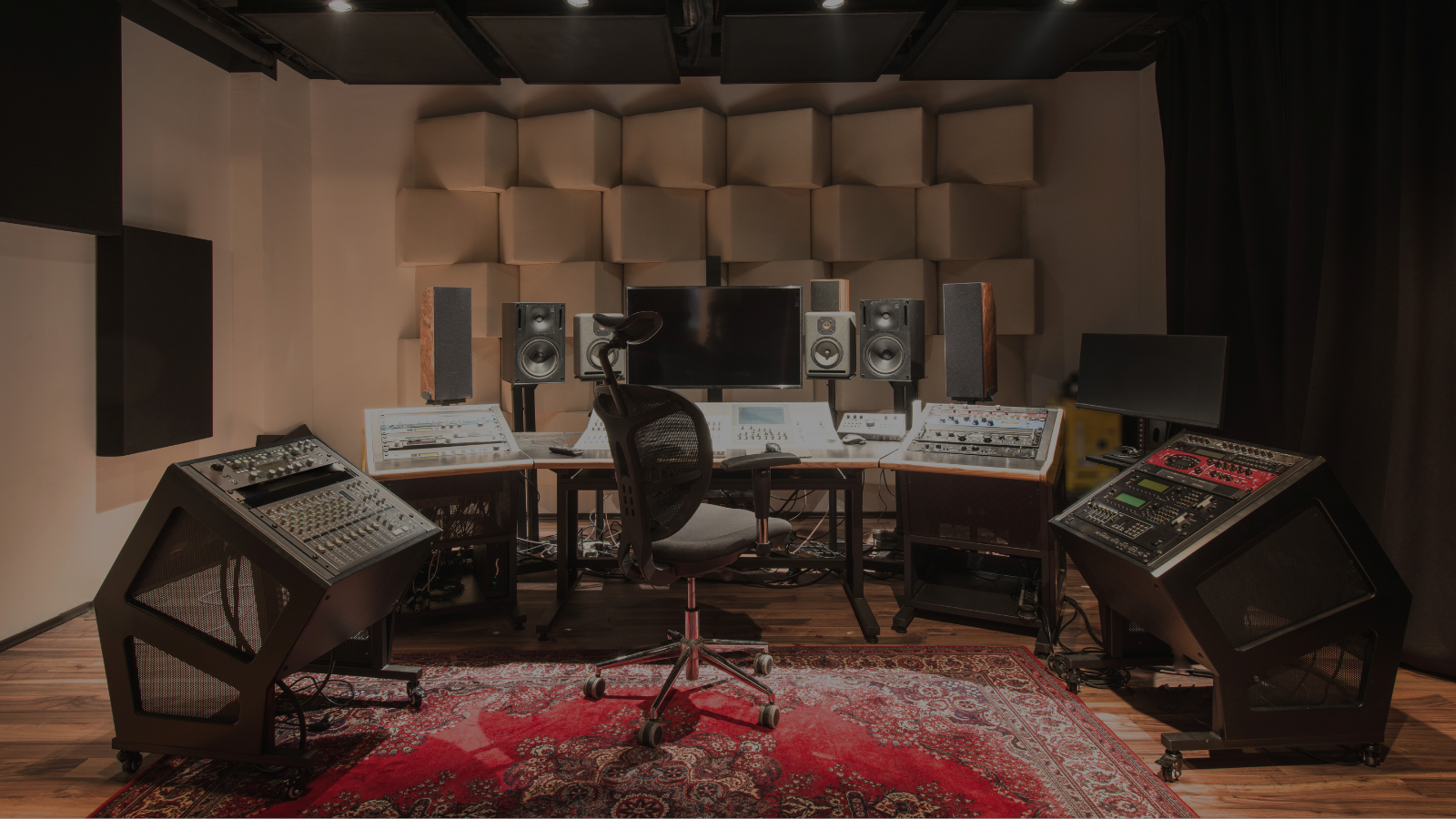Quick: Name three things experts say you should always have when riding a motorcycle.
Anti-lock brakes? Traction control? The latest airbag-equipped riding apparel?
Believe it or not, no, no and…no. Sure, high-tech electronic rider aids and safety equipment prevent some crashes and injuries, but the most important – and effective – ways to prevent crashes and injuries are surprisingly inexpensive, low-tech and easy to implement. What they are may surprise even the most seasoned riders.
May is Motorcycle Safety Awareness Month - perfect timing, right? We’re going to lay out three basic pillars of motorcycle safety with the goal of educating riders about how to ride longer and stay safer, no matter your skill level.
Pillar 1: Get the Gear
“There are two kinds of riders; those who have gone down and those who will go down.”
That’s an old saw, and not necessarily true, but yes, it’s likely you’ll crash. And if you do, you’ll probably get hurt. As Harry Hurt (yes, he gets the irony of his name) wrote in 1980, “98% of the multiple vehicle collisions and 96% of the single vehicle accidents resulted in some kind of injury...” Yikes.
First, let’s start with helmets. They’re life-savers, but won’t make you a superhero. The modern helmet isn’t that different from the ones from the 70s safety wise. In fact, the US DOT’s helmet-safety standard has been pretty much the same for about 50 years. That’s because it works! Your helmet is basically EPS styrofoam encased by a hard shell. The hard shell will protect you from scrapes and a little bouncing, but the EPS’s job is to slow down your head and brain to prevent your gray matter from sloshing around and bruising.
But there’s a limit to what it can do – past about 15-20 miles per hour, the brain will get sloshed and injured. That’s why helmets reduce fatalities (significantly) but don’t eliminate them; fatality rates in helmet law-states vs. non helmet-law states aren’t as different as we’d like. Another bonus, full face helmets (and using motorcycle earplugs) reduce wind noise and the fatigue and loss of awareness that come with it.
Still, wear a full-face helmet, every ride. Please.
What you wear on the rest of your body is important, but probably won’t save your life. It can prevent a lot of pain and suffering, and can mean the difference between missing a day of work or going on disability for six weeks.
That means ATGATT - All the Gear, All the Time. You want abrasion protection for every vulnerable part of your body and impact-protection ‘armor’ for the likely impact points. And leave the kicks for gym class, boys and girls. Going back to Dr. Hurt, half the injuries were to the legs, ankles and feet of riders, yet most of us wear jeans, sneakers and a leather jacket, as if we will do some kind of mid-air Shannon Miller thing and decide which part of our body will hit the ground first. You are not Shannon Miller (unless you really are Shannon Miller).
Basically, wear motorcycle-specific gear designed to keep you climate controlled, visible and at least somewhat protected from abrasion and impact if you crash. But now that you’ve got your helmet, gloves, boots, jacket and pants, are you still injuring yourself every ride?
Well, if you’re not wearing hearing protection every time you ride, then yes, you are.
Even the most expensive helmet you can buy (probably the $4,000 Arai RX-7V) won’t protect your hearing from the 115 or more dB riding a motorcycle at 70 mph can generate. At those levels, it can take less than 15 minutes to cause permanent damage.
Motorcycle safety continues to evolve, and the biggest names in the industry recognize how important it is to filter out harmful noise. After trying EarPeace Motorcycle ear plugs, Evans Brasfield from Motorcycle.com said he “never thought that [he’d] be switching to a different brand of ear plug, but EarPeace’s quality and comfort have won [him] over in just a few rides.”
You will lose your hearing, so wear ear plugs.
Pillar 2: Find the Right Training
Back in the old days, there was no training. A new rider would haggle with the salesperson, buy a bike (maybe with a free helmet thrown in to sweeten the deal) and meet the salesperson in the parking lot behind the shop for a riding lesson. “That there’s the clutch, that there’s the shifter…”
A year later, they might still be riding, but they’d have experienced at least one crash. “More than half of the accident-involved motorcycle riders had less than 5 months experience,” stated the Hurt Report, the landmark 1980 study of motorcycle crashes in Southern California.
Why do so many new riders crash? “The motorcycle riders involved in accidents are essentially without training; 92% were self-taught or learned from family or friends,” Dr. Hurt goes on to say. The motorcycle industry took notice, leading to the Motorcycle Safety Foundation (MSF) and low-cost nationwide training by 1990. Fatalities started to decline.
And then they started to climb again. Why? Many experts say the MSF changed its curriculum to make it easier to pass the course, and states made the class either free or mandatory (or both), using it to replace the basic skills test at state DMVs. Additionally, tens of thousands of Baby Boomers bought new motorcycles after 10 or 20 years of not riding. The accident rates spiked; by 2008 (the peak year for motorcycle sales) over 5,000 riders were dying a year. Sales are half that today, but that deadly number still hovers around 5,000.
The lesson is this: mandatory basic training with an easy-to-pass licensing test is good, but motorcyclists are still dying at about 30 times the rate of other road users per vehicle mile travelled (VMT). So just the basic class you needed to get your license isn’t enough. Seek out advanced classes, like those offered by Total Control Training and the MSF.
Another great (and fun!) way to stay safe is to take an off-road motorcycle training course. Going back to ol’ Dr. Hurt, “Motorcycle riders with dirt bike experience are significantly underrepresented in the accident data.” A dirt bike will teach you how to control skids and slides and be smooth on the controls, especially brakes.
Competition and closed-circuit training makes you safer, too – with a caveat. You’ll get you comfortable with high speeds, throttle control, emergency braking and a host of other skills, but it can also make you more comfortable taking risks on the street. “Track days don’t really make you safer,” I recall National Motorcycle Institute founder Joe Elliott once telling me. “They just increase the speed you’re going when you crash.”
Finally, there’s literature. If you’ve made it this far, you’ve got the tolerance to read the hundreds of great books, reports and studies about the science, culture and mechanics of not crashing.
But all the reading and knowledge in the world may not protect you from yourself. Even the best training isn’t as protective as a free helping of good rider-safety attitude.
Pillar 3: Attitude over Ego
Honestly, the best way to not crash is to get on the motorcycle and not want to crash. I’m not being flip.
As a guy who has crashed more than a dozen times (I lost count), when you push the envelope, when your focus is somewhere that isn’t not crashing, when you don’t have the skill or ability for road conditions, intensity level or motorcycle, you will either crash or badly stain your undergarments.
In other words, take motorcycle safety seriously and you won’t crash, or at least improve your chances of being an elderly rider. Taking it seriously means a lot of things: maintain your equipment, be a dedicated lifelong student of motorcycle safety and technique, and for pluck’s sake never ever ever ever ever (sorry spell check) ride under the influence of alcohol, drugs, fatigue or strong emotions.
Filter out crashes caused by stuff in these two paragraphs and you’ll probably reduce your chances of crashing by 70 or even 90 percent, making the final thing less (but still very) important. Don't be a squid!
You and Your Three Pillars
What we hope you take away from reading this is that there are three essential pillars of motorcycle safety - the right gear, training and attitude. Like a three-legged stool, they all need each other to stay upright, as each has its strengths and weaknesses. And just like a stool, relying on just one of these pillars will leave you on your ass.
Ride smart, ride safe!









Share:
11 Motorcycle Rallies To Visit
MOTORCYCLE SAFETY COURSE 201: PROTECT YOUR HEARING HEALTH